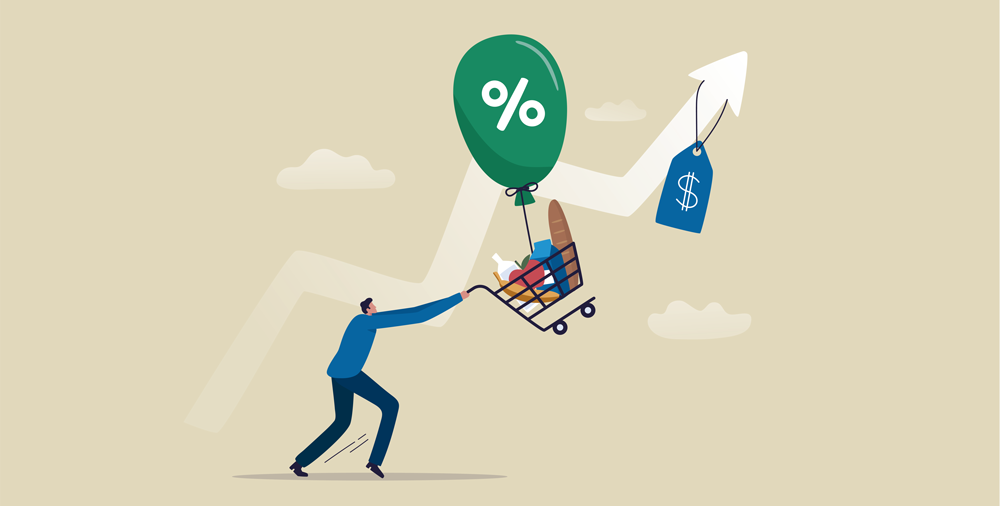
Food waste has long been recognized worldwide as an extensive problem. Organizations such as the UN have defined reducing food waste by half by 2030 as a strategic pillar; the European Parliament passed a resolution in 2012 to halve waste in the EU by 2025; the US government stated that it seeks to reduce it by 50% by 2025. Thus, countries worldwide have aligned themselves with this strategy to address a problem that can be difficult to translate into a measurable size. According to the FAO, we are talking about 1.3 billion tons of food waste generated each year worldwide. To give an idea, this is equivalent to the weight of 22.5 Great Chinese Walls, 197 hoover dams, or 130,000 Eiffel Towers.
Food waste is clearly a problem of inefficient use of resources, with solid ethical implications if we consider that 795 million people suffer from hunger globally. It also affects the environment since the level of waste is responsible for 6% of global greenhouse gas emissions.
With these numbers on the table, there is no doubt. Reducing food waste is good for the planet. But it is worth mentioning that spoilage also equates to losses of around $680 billion in industrialized countries and $310 billion in developing countries. The economic impact rises as a third driver for mobilizing global efforts.
Wasting food is literally throwing resources away. However, for retailers, shrink management has effects that go even further. When a product expires or is recalled due to early expiration, retailers face direct shrinkage losses that affect their bottom line. This situation can be prevented by keeping low stock of the products in question and avoiding product surplus. However, this opens a new dilemma concerning lost sales due to scarce product availability. In previous blogs, we have already talked about the effect over the purchasing process of an incomplete shelf. Out of stocks brings the risk of losing sales or the customer altogether—an unfavorable scenario for any retailer seeking to satisfy the needs of its consumers. Consequently, we come to a fundamental point: the customer experience, which is affected when there’s no product on the shelf. At the same time, the shopping experience will also be harmed by seeing expired products on the shelf or when buying products that will expire soon without being warned.
Therefore, the economic impact of shrinkage on retailers can be viewed from different perspectives: direct product loss, potential sales loss, and customer experience loss. Ultimately, the complexity lies in the balance: having the right stock and in-store execution that will allow them to meet consumer demand and expectations while avoiding product loss. How can retailers meet this challenge? What tools are available?
First, optimize the demand forecasting process. Accurate forecasting is essential to have the correct quantity in the right place at the right time. Today, the market offers several solutions to optimize inventory management, supported by AI and learning systems such as Machine Learning, to adapt the results to external factors such as seasonality, weather, vacations, events, and promotions, among others.
Demand forecasting is particularly relevant for perishable products, which are abundant in supermarkets and convenience stores. These products are the most complex to manage since inventory is closely related to product expiration and shelf-life. To avoid shrinkage, retailers can get ahead of it by using preventive expiration analysis. The evaluation considers product shelf life, average turnover, and purchase dates, among others, to signal when a product is at risk of expiring.
With the speed of the retail world, an early expiration alert will probably not be enough for effective management. A task manager at product level closes the cycle, supporting the store operation and encouraging direct action to achieve results. One major advantage of using this technology is that store personnel can quickly and clearly visualize the products they need to review for expiration risk. At the same time, it will ensure the execution of a solution on the spot, such as removing expired products from the shelf or implementing a discount to increase product rotation. In addition, being a digital tool, it provides real-time traceability of the work done and its results.
When retailers aim to reduce product waste and shrinkage, everyone wins. Sustainability and social responsibility results are improved, customers find the products they want (and are not surprised by expired products on the shelf), and margins benefit. Thanks to new technological developments, retailers have ample room to empower their organizations and improve their bottom line.













